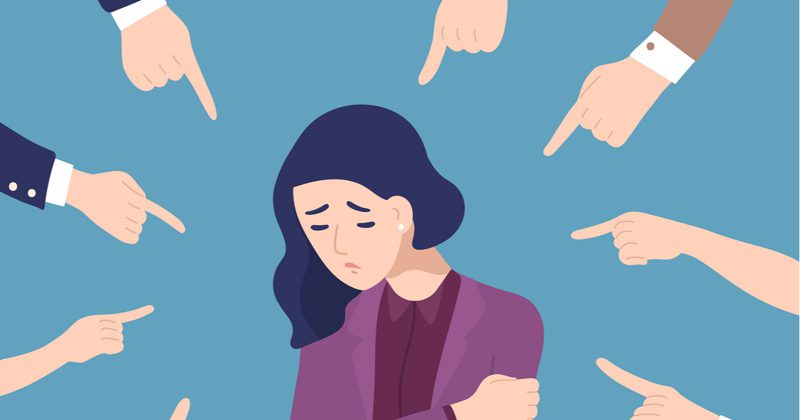
Our body gets sick, and since it is visible and touchable, we rightly turn to orthopedists, cardiologists, dentists, etc.
But what happens when our soul is sick? It's not visible. Who sees it? And, most importantly, which person do we want to see it? Sometimes, neither ourselves nor those around us. This happens because society has been trained to stigmatize anything different. By stigmatizing, it makes the individual feel shame and responsibility for what torments them.
What is stigma?
The concept of stigma implies leaving an indelible mark and is a word that has existed since the time of Hesiod. It comes from the verb "stizo," meaning to brand. Semantically, sociologist Erving Goffman, who extensively studied the sociology of mental illness, aptly defined it as "an unwanted and discrediting attribute that is ascribed to an individual, depriving them of full social acceptance, forcing them to simultaneously conceal the cause of this negative treatment."
While physical illness is visible and tangible, mental illness is intangible and unclear, thus unknown and frightening. If we define ourselves as normal, a mentally ill person automatically deviates from the "norm" and is marginalized by social groups.
Mental illness affects every aspect of a person's life. What they experience is often difficult to comprehend and name. Seeking help is then a challenging step.
Prejudices and stereotypical perceptions often hinder a person who wants help to avoid isolation. Therefore, it is contradictory today to talk about deinstitutionalization, about integrating individuals as equal citizens with rights. Unfortunately, only a minimal percentage of severely mentally ill people worldwide live in community protective institutions.
The rest live ostensibly integrated into society but, in reality, excluded and stigmatized. Their only support, which is not guaranteed, is their family, which also carries a heavy burden. The burden of protecting the vulnerable member and trying to live hidden from comments, hidden pity, and coping with discreet behaviors.
Thus, stigma comes to be considered as a "second disease." Because if a person is treated with suspicion and fear, they often internalize this suspicion and fear. This means that stigma goes hand in hand with the initial disorder, making diagnosis and treatment difficult.
The mentally ill struggle to maintain self-image and self-esteem but often fail. The same applies to the family. The shame caused by stigma is such that they eventually accept their situation and isolate themselves.
Adequate and valid information from all social institutions (schools, mass media, and supportive programs for individuals and their families) can act as a protective shield against stigma and exclusion. This should be part of our daily lives, not just an intervention.
Society's communication with its vulnerable members should constantly build foundations of solidarity and understanding. Finally, it is this optimistic outlook that is often seen in many young people seeking treatment for their difficulties. It's good that they seek help, that they don't feel ashamed to communicate and share it simply and naturally with their environment. This is probably the hope we ultimately need.
Back